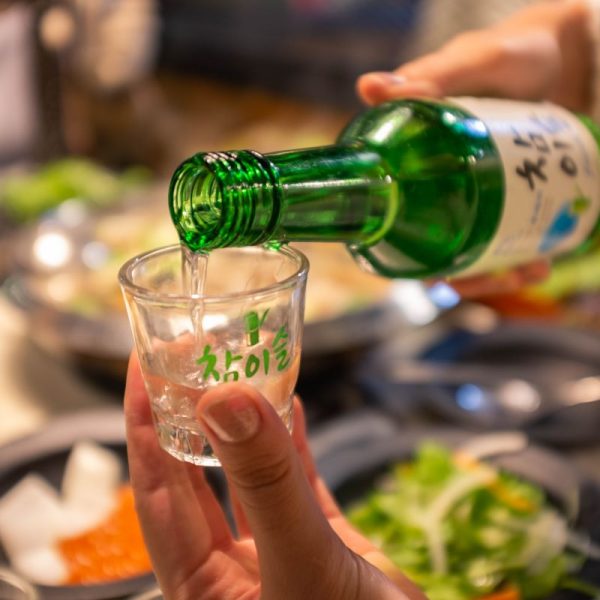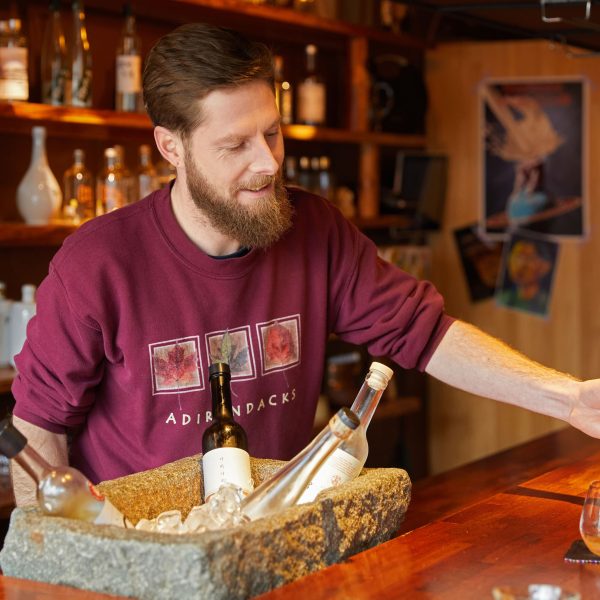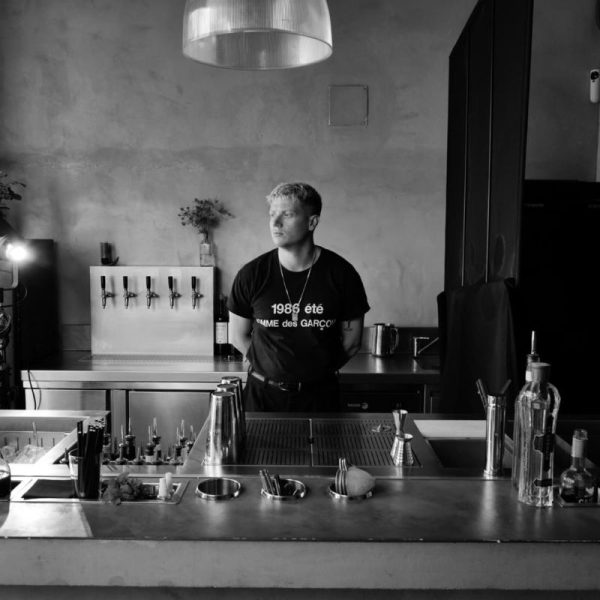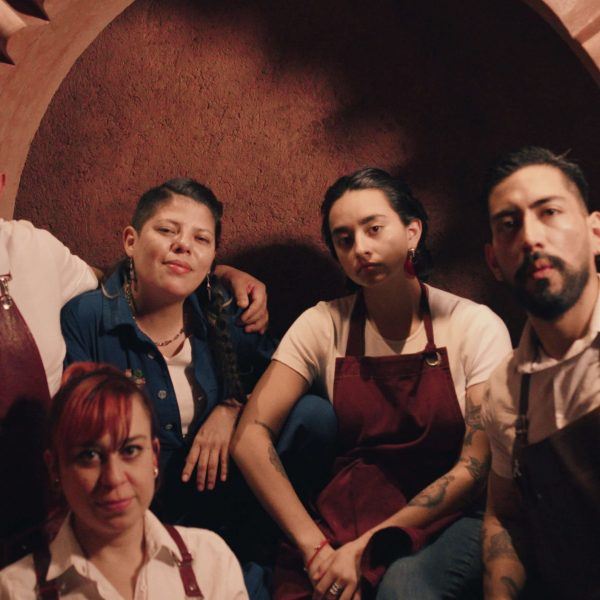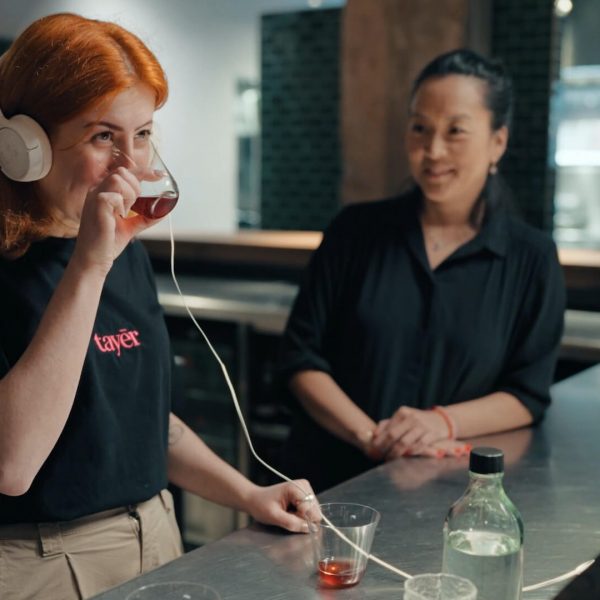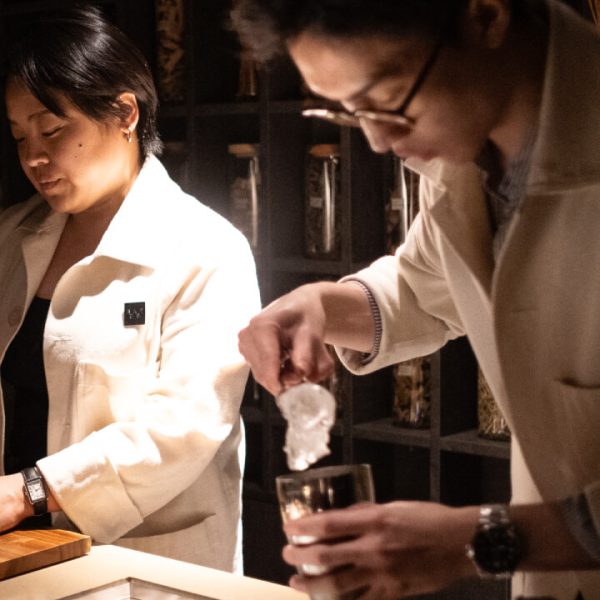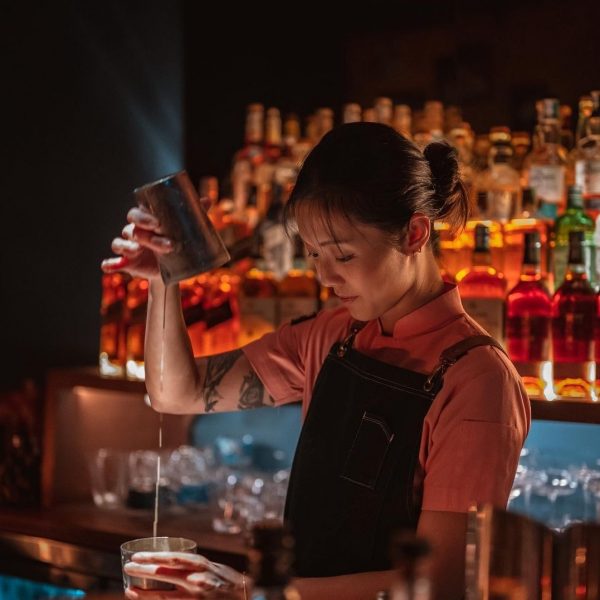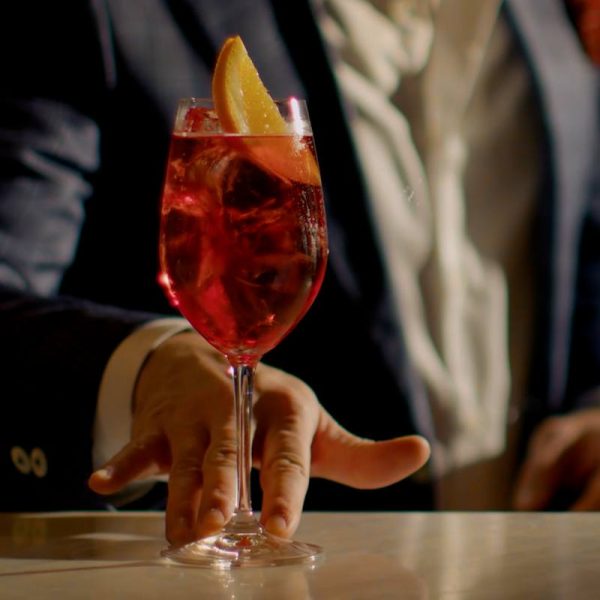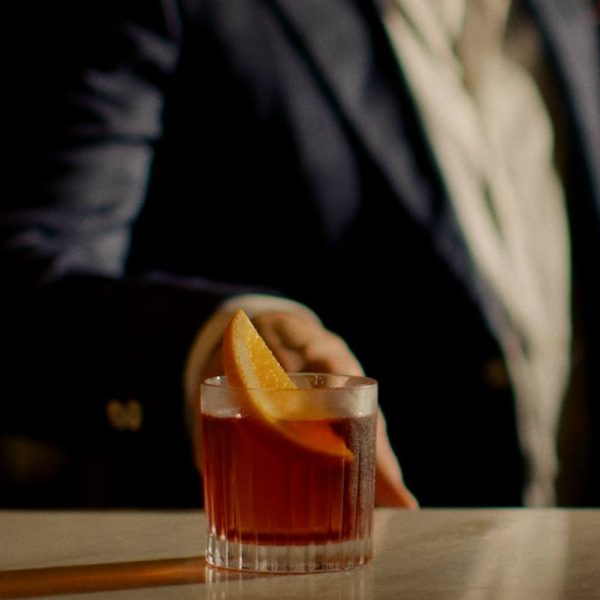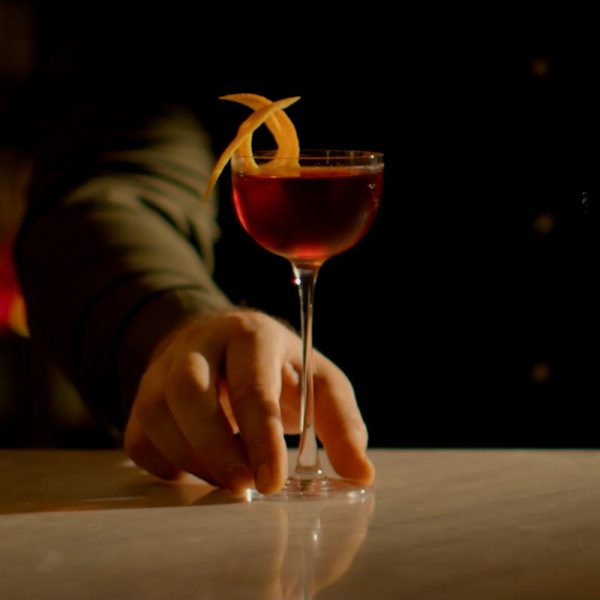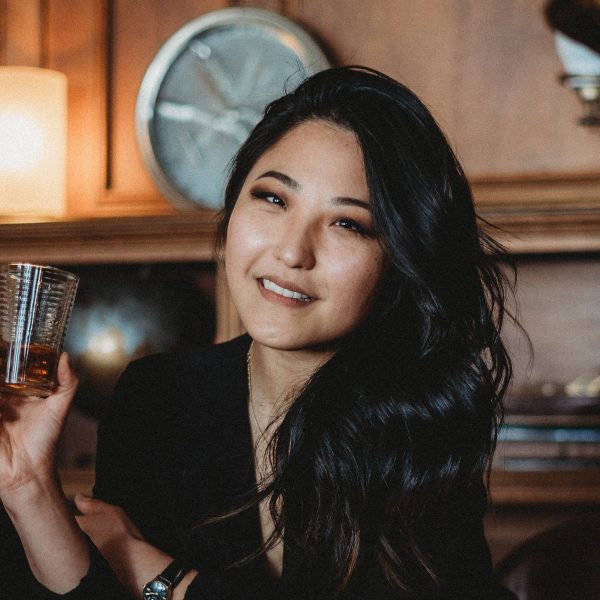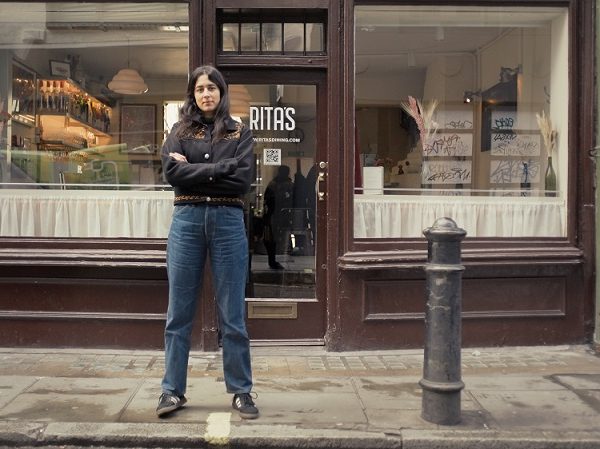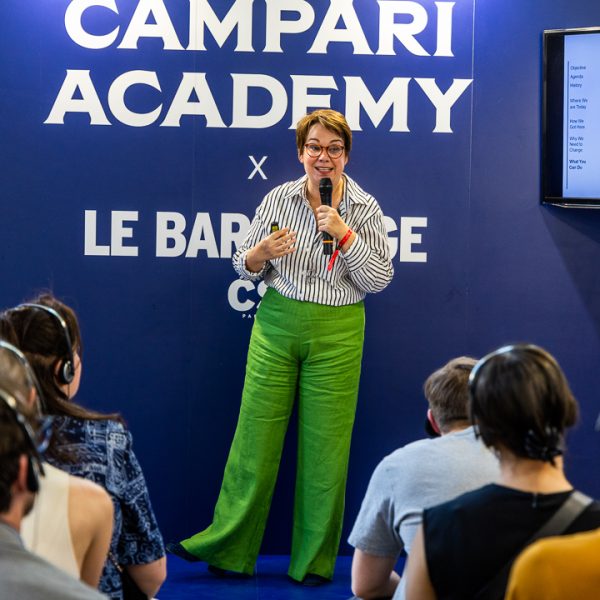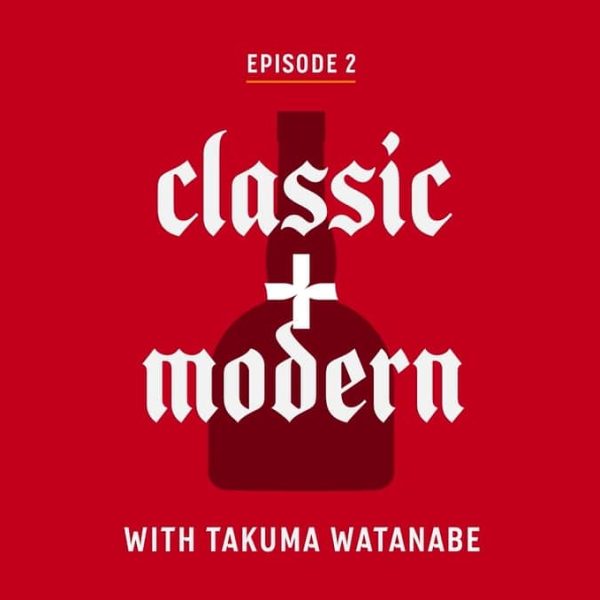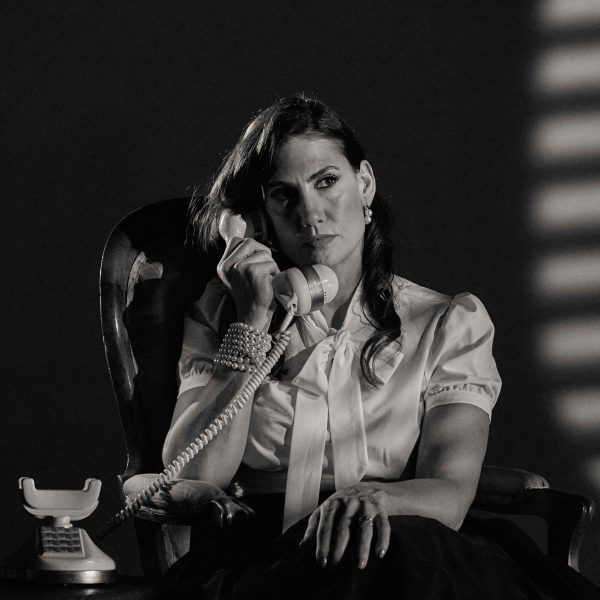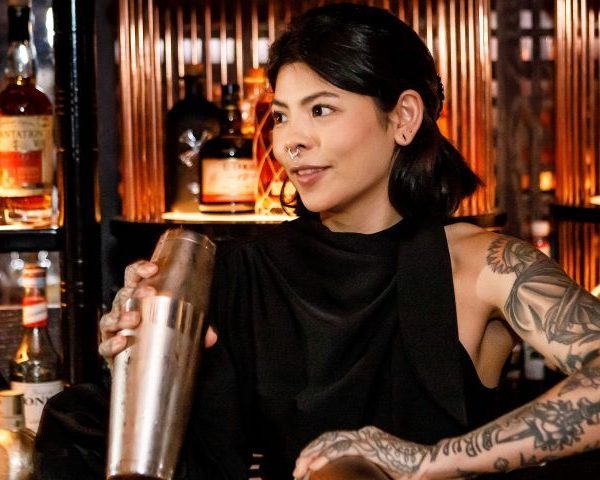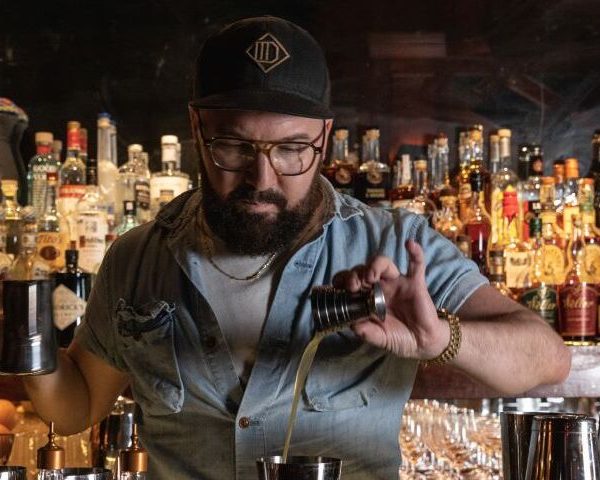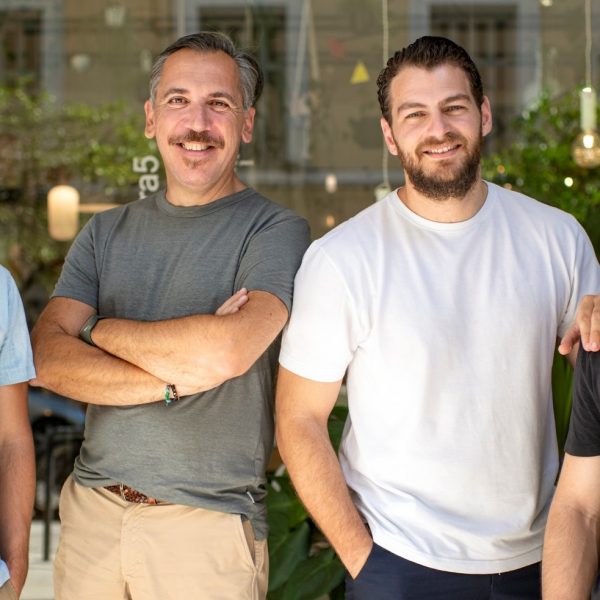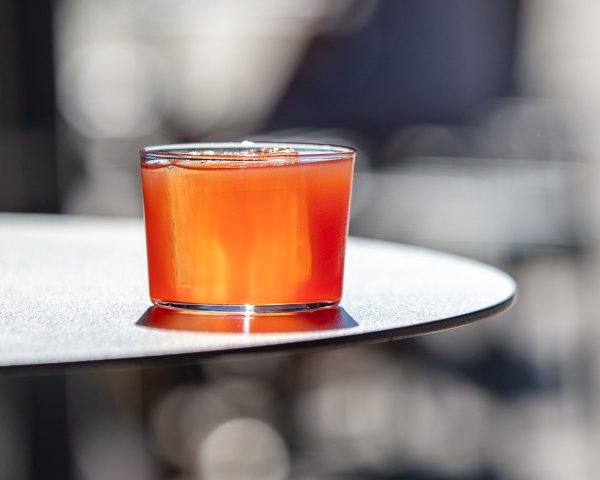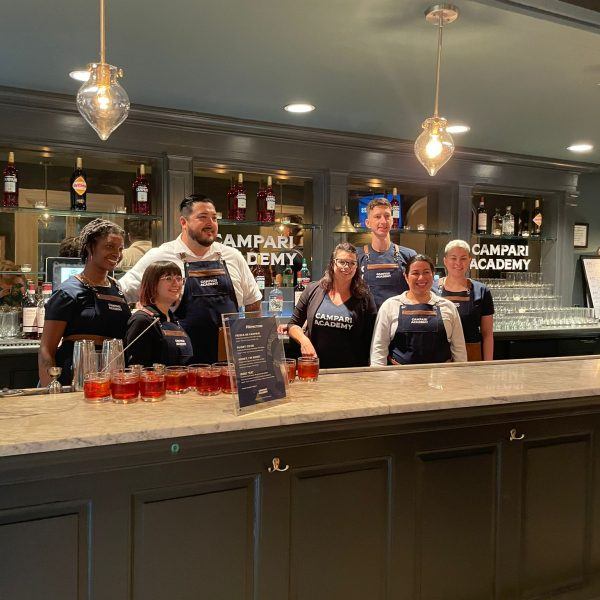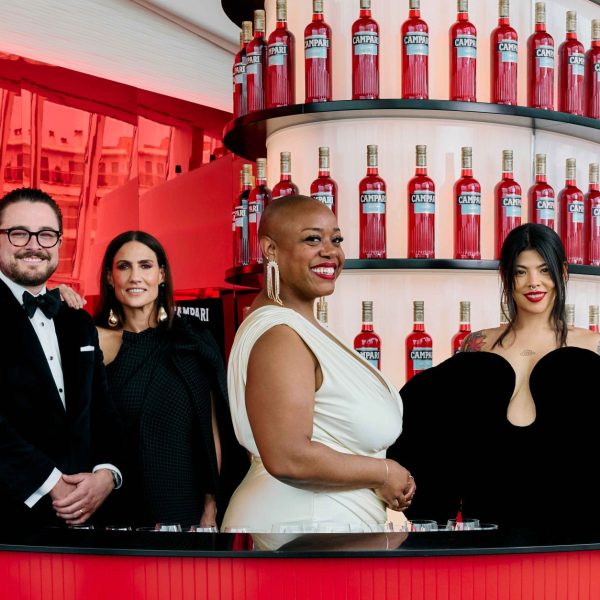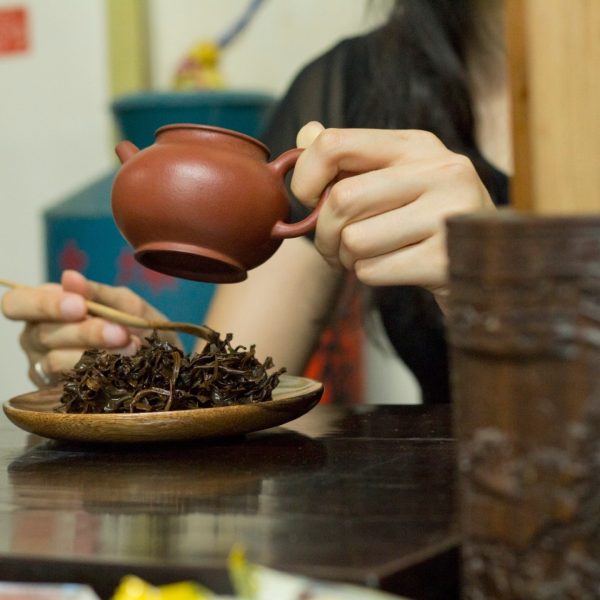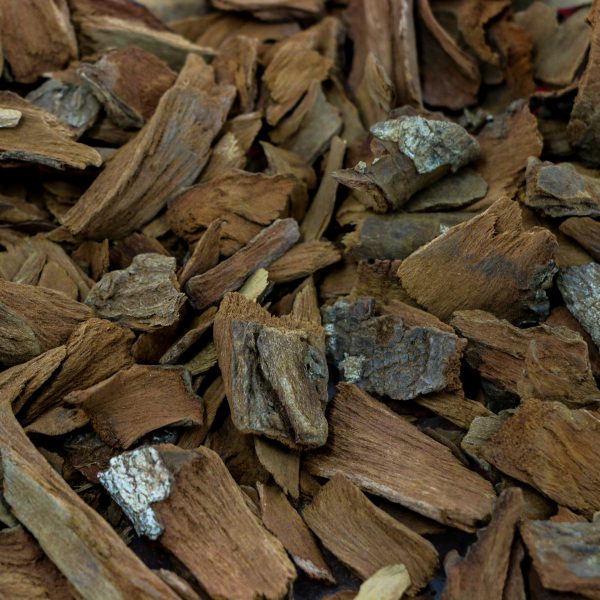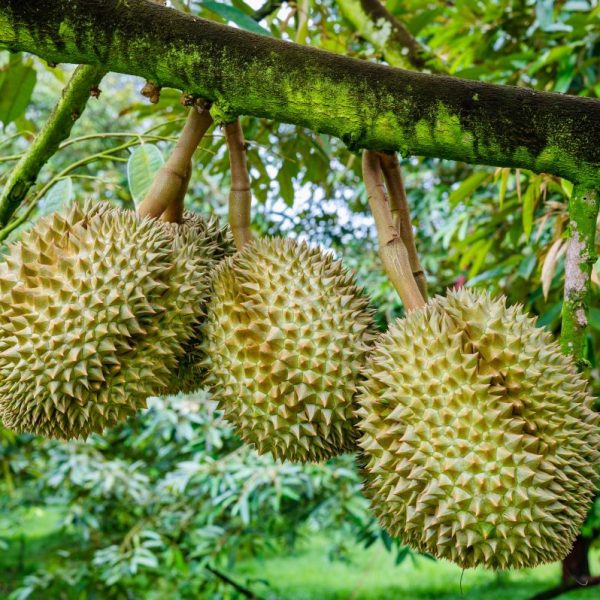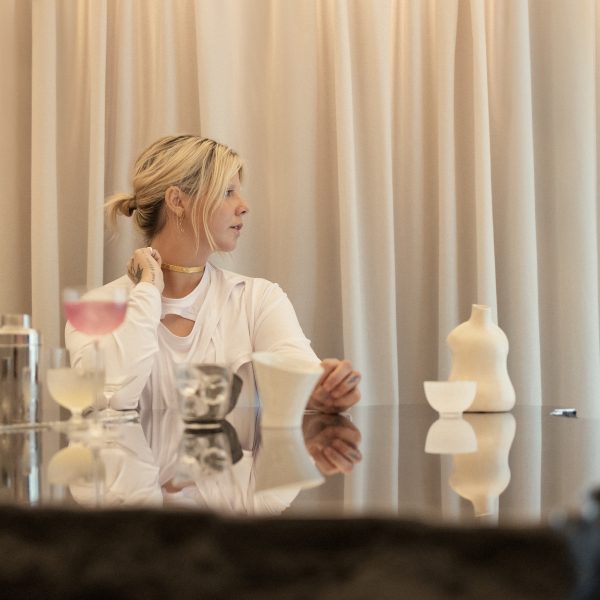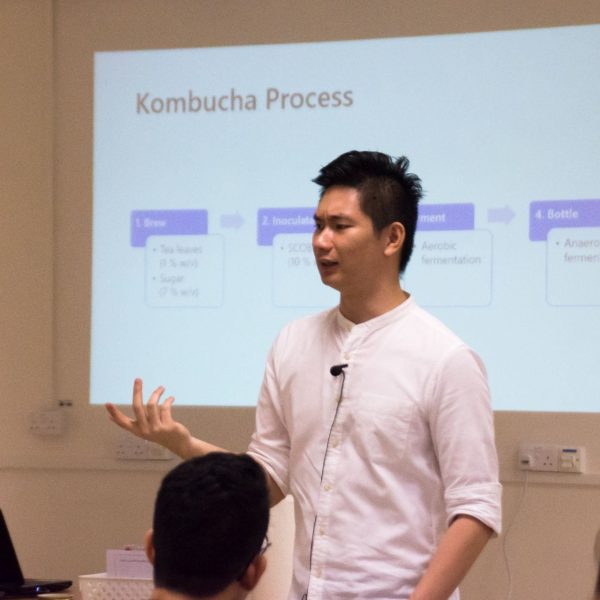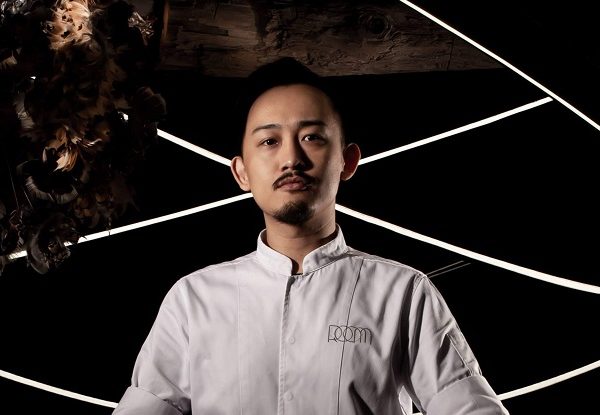Shinya Sakurai on the transformative power of tea
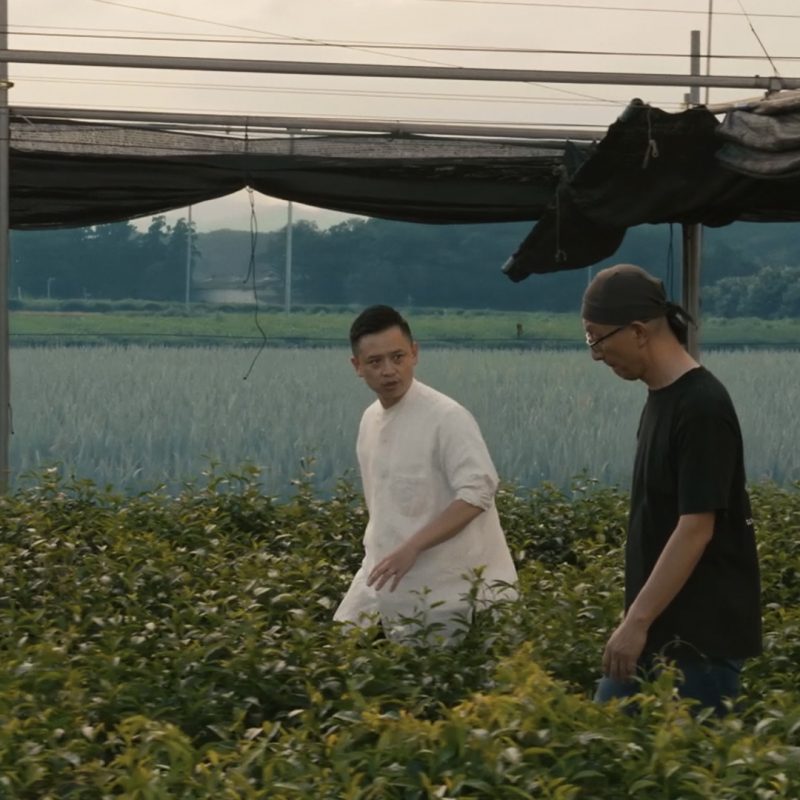
Bartender and tea master Shinya Sakurai shares his journey into the world of tea and showcases just how versatile and nuanced brewing and blending can be
I started making drinks as a bartender when I was a university student, serving beer and whisky, and making cocktails at a dining bar. When I graduated from university, I was introduced to a new bar in Ginza by a senior colleague. This is where I learnt the basics of bartending and began to hone my skills as a bartender in earnest, from thorough cleaning, wiping bottles and breaking ice, to handling utensils and perfecting my manners. I also, of course, practiced the basics of how to shake a shaker and stir a drink without breakage for a year.
Then an acquaintance introduced me to Simplicity, a company that runs a Japanese restaurant and confectionery business based on design. I was first posted to the restaurant bar (where I also gained experience in restaurant services), and later, I was assigned to work at the tea bar, Sabo, of the Japanese sweets shop, Higashiya, where I first began to seriously deal with tea. It was open until late at night and was a place where one could enjoy authentic tea and Japanese sweets while sipping cocktails and drinks.
Tea education
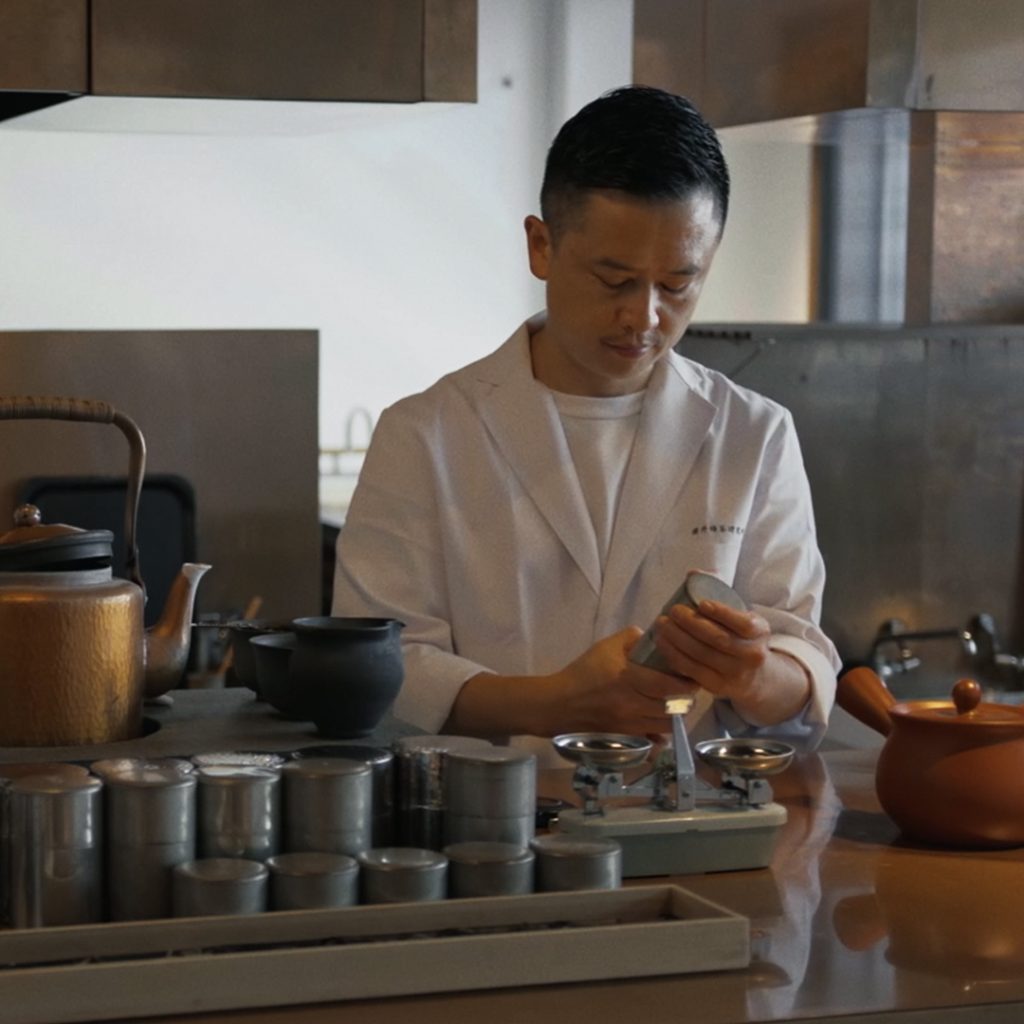
Since I started working at Sabo, the way I used to think about tea (which I used to drink without actually thinking about it) changed. I was surprised by the wide variety of teas – from sencha and gyokuro to matcha, hōjicha and fermented teas – and wondered why I had never realised how many different types of tea there are in Japan. I was a complete novice at tea, so I started by learning how to brew it and then studied cultivation and production methods. Just like with cocktails, there was a sense that it came to me naturally. The rest of the time, I just kept on brewing and drinking the tea myself, and I studied under the guidance of a Japanese tea teacher.
Sabo is based on the concept of three flavours: tea, sweets and alcohol. It is an unprecedented form of space, including the design, which is like a bar and a tearoom. What I learnt most there was how to approach the Japanese climate and culture. The concept was to reconstruct traditional Japanese culture, and adapt the four seasons, ingredients and tools of Japan to the current era and further evolve them. Through this process, I got to know many kinds of Japanese tea. From there, I became more interested in Japanese culture and learnt that everything has a meaning and an importance, from the Japanese sweets and utensils, to the spiritual aspects of tea.
Japan values a sense of season and the people like to eat seasonal food, so when the restaurant Yakumo Saryo was established, I created a tea pairing course; and at Higashiya in Ginza, I combined fresh fruit and herbs with tea to create a menu that felt seasonal. This drinks course consists only of Japanese tea, which allows those who cannot drink alcohol to also enjoy it. Wine courses start with champagne, but what Japanese tea can replace champagne? Well, we invented Sencha Sparkling, which is a carbonated tea drink, served in a champagne glass. We matched fresh and refreshing teas with appetisers; blended sencha with shiso leaves and citrus fruit to have with sashimi; and fermented teas to pair with strong snacks, grilled fish and meats.
Bartending matters
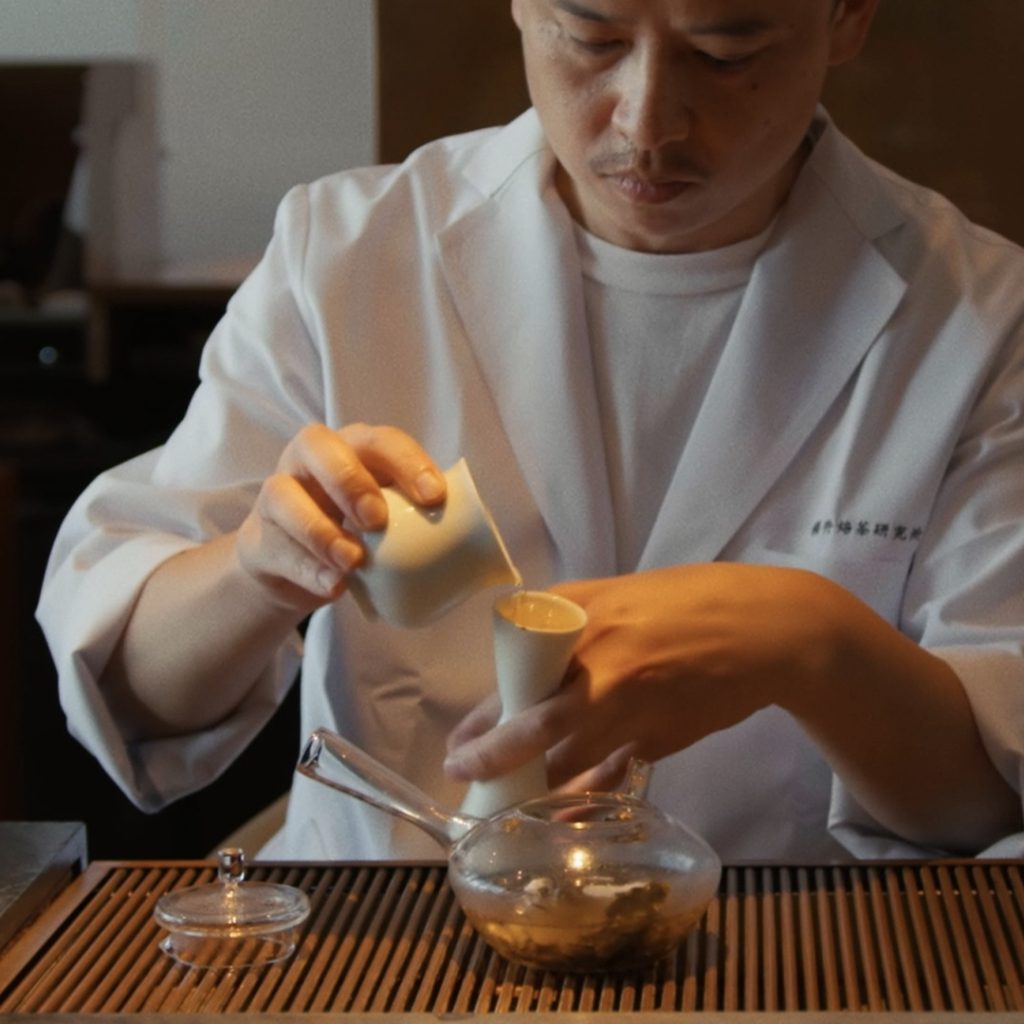
However, even with the numerous Japanese teas available, the range is still limited. This is where the bartender’s knowledge comes in handy. Bartenders blend basic liquors to create the ideal taste: we have adapted this definition to tea. If you add one more flavour that you think is missing, the range of possible marriages with the dish expands, and the development of pairings with the food throughout the year has given us a sense of the endless possibilities of tea.
Higashiya Ginza has devised an original tea blend using fresh fruit and herbs. The fruit is cut to order, combined with the tea and hot water is added from a teakettle with a ladle. Dried products are used as little as possible, and ingredients that reflect the four seasons of Japan are served throughout the year: wild vegetables in spring, sansho and peaches in early summer, pears and grapes in autumn, yuzu and apples in winter. This kind of experience was later converted into the shop I started.
The reason why I decided to open a Japanese tea shop was because the Japanese tea industry was declining rapidly. With a selfish sense of mission, we established Sakurai Japanese Tea Experience (櫻井焙茶研究所) in 2014 as a place to research and create new possibilities, and to enhance the value of Japanese tea under the concept of it being the elixir of healing. Here, visitors can experience teas from all over Japan using all five senses, based on straight, roasted and blended teas.
Setting up shop
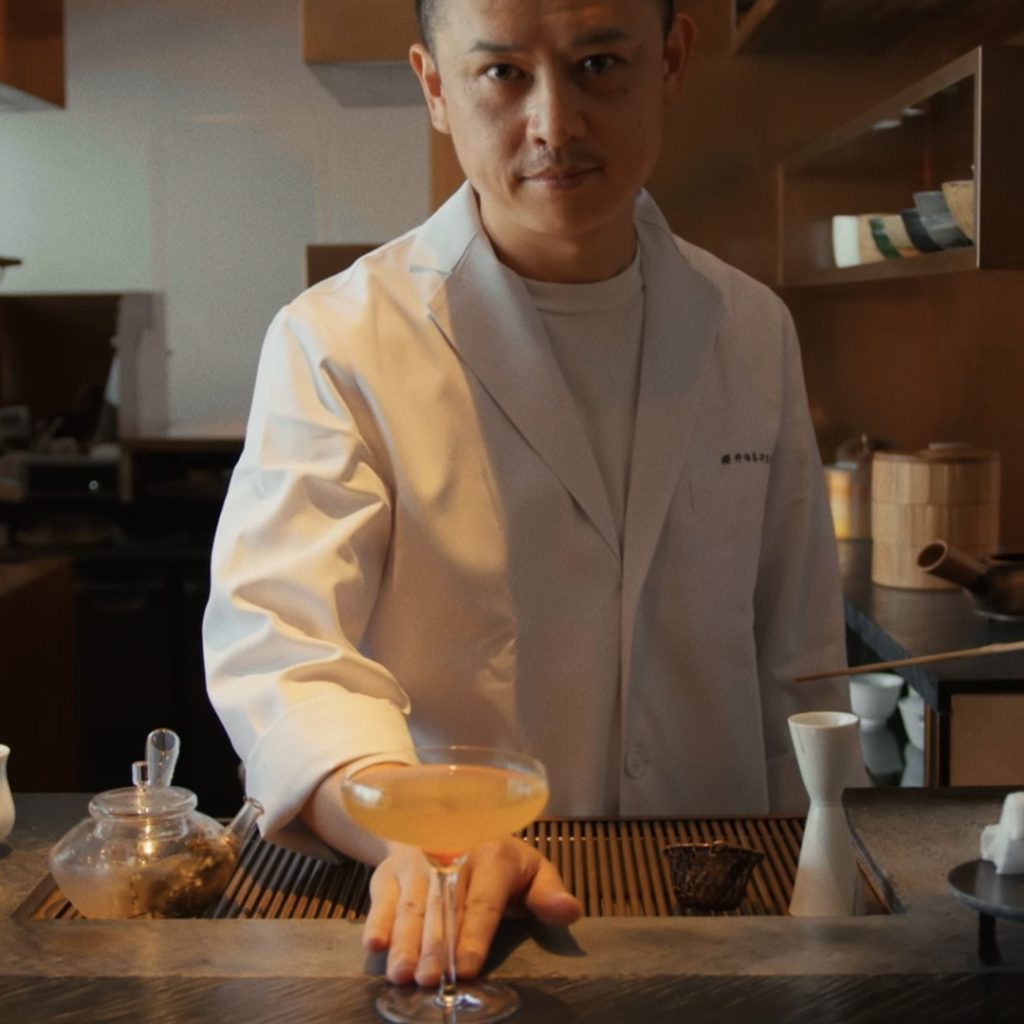
One of the main features of the tea house is a variety of Japanese tea experiences. The menu includes tea courses, a choice of sencha and freshly roasted hōjicha, seasonal blended teas, gyokuro and special class gyokuro teas, and hand-rubbed teas from the first prize of the tea fair, as well as regional bancha teas.
The tea course starts with gyokuro. This is brewed using the stirring method, one of the bartender’s techniques. Using original ceramic mixing glasses, the tea is served as if it were a cocktail. Gyokuro tea leaves are then eaten, before a roasting pan is used to make roasted tea hōjicha in front of the guests – the aromatic fragrance pervades the tea house. The course ends with seasonal fresh sweets and matcha.
The other course is chasyu (alcoholic tea). This is an alcoholic drink made by infusing tea into gin, vodka or other drinks. We have created 18 types of chasyu based on tea production methods, including sencha gin, tencha vodka, roasted tea hojicha rum and toasted-bancha whisky. For gin, we added the astringency and umami of sencha tea; for vodka, we used tencha, a raw material for matcha, to give a simple taste of tea’s umami; in rum, deep-roasted tea hōjicha is combined with roasted tea to create a tea liquor with a fragrant aftertaste; and smoky toasted bancha tea is combined with Japanese blended whisky to transform it into a drink with a peaty flavour similar to Islay whisky.
The idea behind the flavours is to make sure that the individuality of each does not disappear. I try to structure the cocktails in such a way that the tea doesn’t disappear, such as by combining lingering flavours, or opposite flavours.
I hope to make more people aware of the benefits of Japanese tea and to boost the tea industry as well as the bar industry. Nowadays, more and more people do not drink alcohol, so by adding tea culture to the bar, more people will come and discover the skills of the bartenders. I want to update the good culture of Japan and pass it on to future generations.

